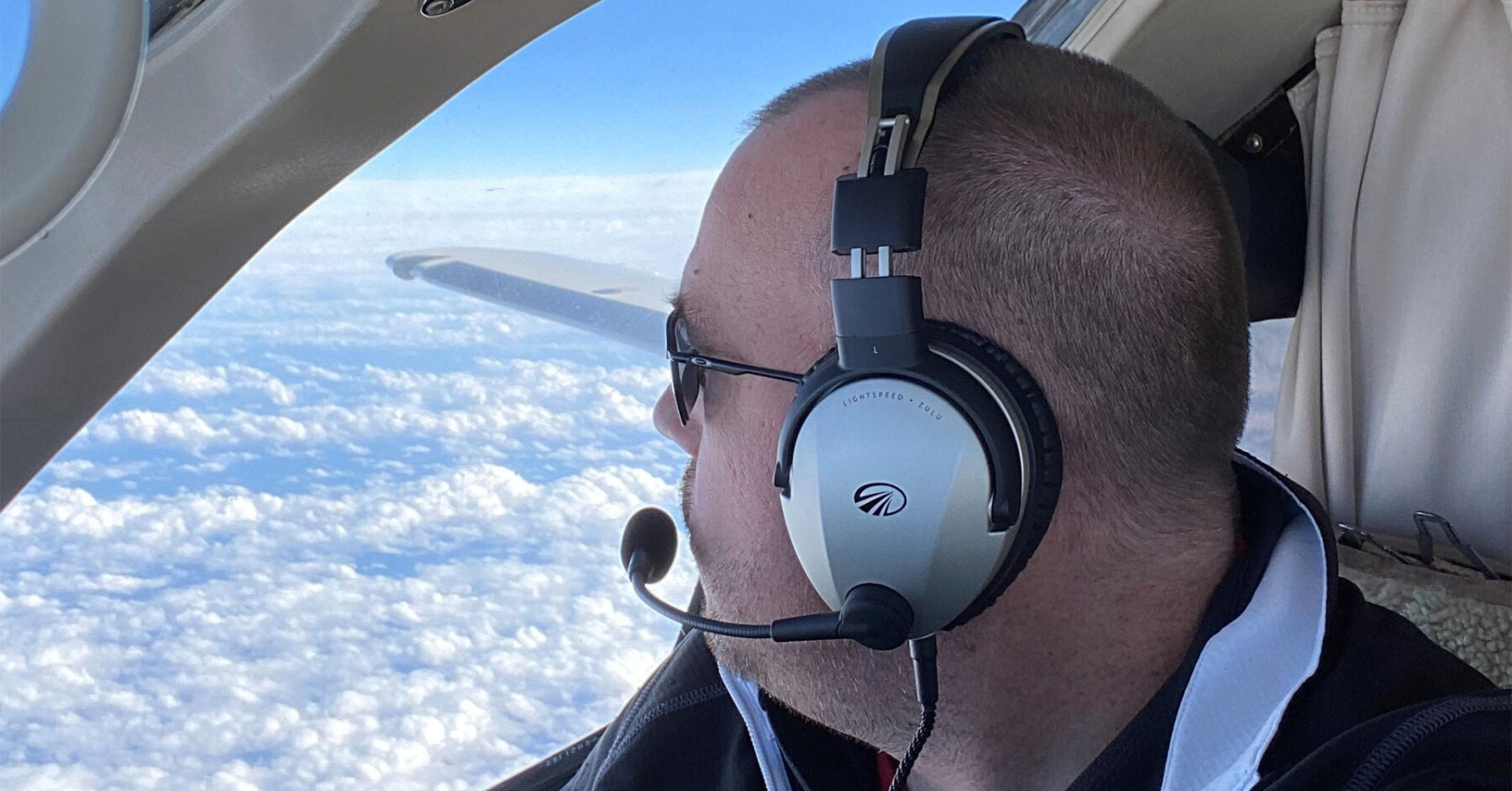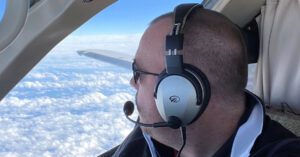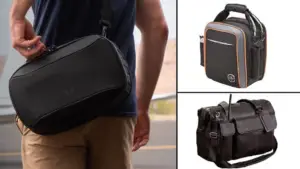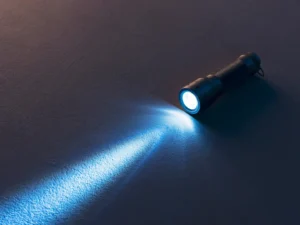Which aviation headset should I buy?

Flying an aircraft is as much about the right equipment as it is about skill. In this guide, drawn from my extensive experience in the skies, I offer valuable insights to help you select the best aviation headset.
We’ll dissect the intricacies of Active Noise Reduction (ANR) and Passive Noise Reduction (PNR) and compare different brands to assist your decision. This guide, catering to commercial, private, or recreational pilots, focuses on enhancing your flying experience with headsets that promise clarity, comfort, and reliability.
Delve into our comprehensive overview to find an aviation headset that meets your flying needs and budget, ensuring effective communication and noise management.
By the end of this exploration, you’ll be perfectly positioned to answer the pivotal question: Which aviation headset should I buy?
Understanding Aviation Headsets
Aviation headsets, a vital component in a pilot’s gear, come in two primary types: Active Noise Reduction (ANR) and Passive Noise Reduction (PNR).
ANR headsets use sophisticated technology to cancel out ambient cockpit noise, offering a quieter flight experience. In contrast, PNR headsets rely on physical insulation to dampen sound.
When choosing a headset, consider key aspects like noise reduction efficiency, comfort level, battery life, and durability. Comfort is crucial during long flights, and a headset’s battery life dictates its reliability during extended use.
Durability is essential, as the headset should withstand the rigors of frequent flying.
Balancing these features with your specific flying requirements will guide you to the headset that best suits your needs, ensuring a comfortable and focused flying experience.
Top Brands and Models in the Market
In aviation headsets, brands like Bose, David Clark, and Lightspeed stand out for their quality and innovation. Each brand caters to different aspects of a pilot’s needs.
For instance, Bose’s A20 and A30 are celebrated for its exceptional Active Noise Reduction (ANR) capabilities, offering unparalleled quietude in the cockpit. David Clark’s headsets are lauded for their rugged build, enduring the demands of frequent flying.
Lightspeed headsets merge technological innovation with user comfort. These brands exemplify the pinnacle of headset design, marrying advanced noise-canceling features with ergonomic comfort.
The right choice depends on individual preferences and requirements. Whether prioritizing noise cancellation, durability, or additional features like Bluetooth connectivity, these top brands offer a range of options catering to diverse flying environments and personal tastes.
Factors to Consider Before Purchasing
Choosing the right aviation headset involves carefully evaluating your flying environment and communication needs. Commercial pilots might prefer headsets with superior noise cancellation, while private and recreational flyers might value comfort and ease of use.
Budget is another crucial consideration. High-end headsets offer advanced features but at a higher cost, while mid-range models provide a balance of quality and affordability. It’s essential to assess whether the headset’s price aligns with its offered features and long-term value.
Consider factors like compatibility with your aircraft’s systems and potential future needs. The goal is to find a headset that meets your current requirements and anticipates future demands, ensuring a worthwhile investment in your flying experience.
Additional Considerations
When investing in an aviation headset, ensure it is compatible with your aircraft’s communication systems. Some headsets are explicitly designed for specific aircraft types and may not function optimally with others.
Additionally, consider the headset’s maintenance and care. Proper upkeep can significantly extend its lifespan, ensuring it remains a reliable part of your flying gear for years. This involves regular cleaning, careful storage, and following the manufacturer’s guidelines for maintenance.
Another factor is the availability of replacement parts and the ease of repair, as these can impact the overall cost of ownership over time. Lastly, consider the support and warranty the manufacturer offers, as these can provide peace of mind and quality assurance.
Wrapping Up
Selecting the right aviation headset is a crucial yet intricate task that goes beyond just choosing a famous brand or the most advanced technology. It’s about finding a headset that aligns perfectly with your flying requirements, comfort needs, and budget.
As you make your choice, consider the insights and comparisons presented here. Think about the advantages and drawbacks of each option, and select a headset that will be a dependable ally in your aviation adventures.
The right headset doesn’t just facilitate communication; it enriches your entire piloting experience, ensuring each flight is as secure and enjoyable as possible.







